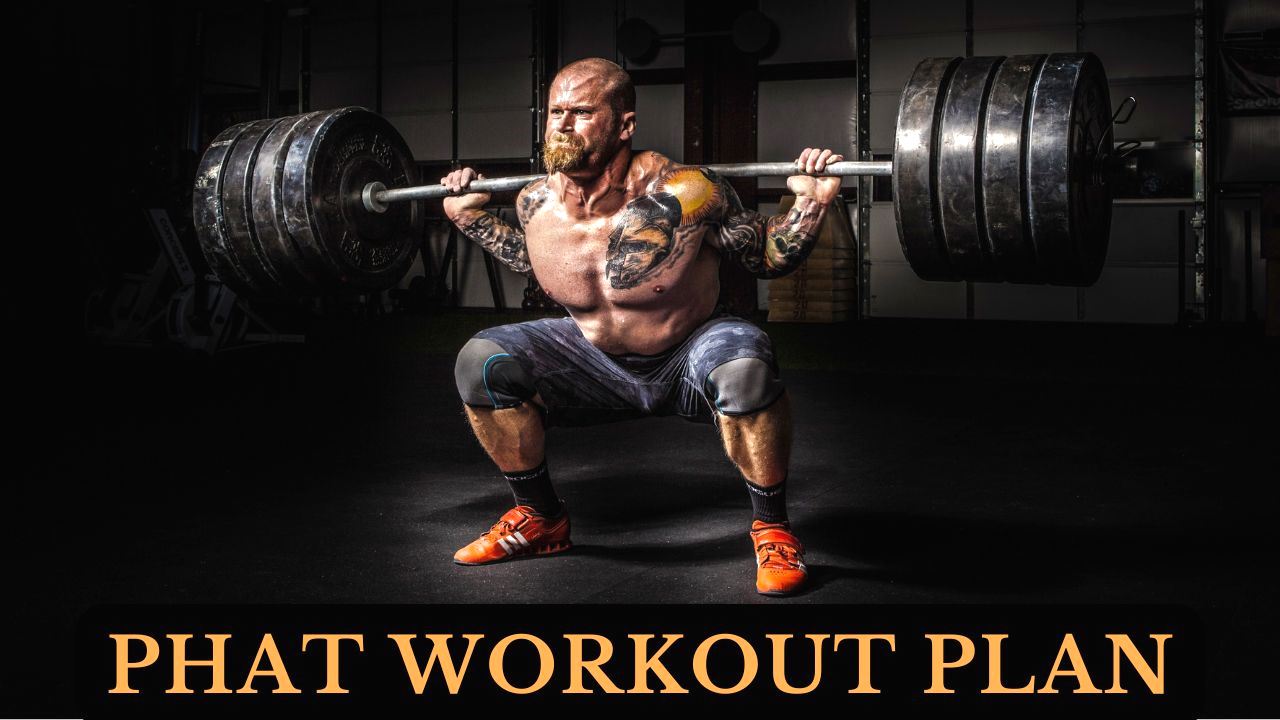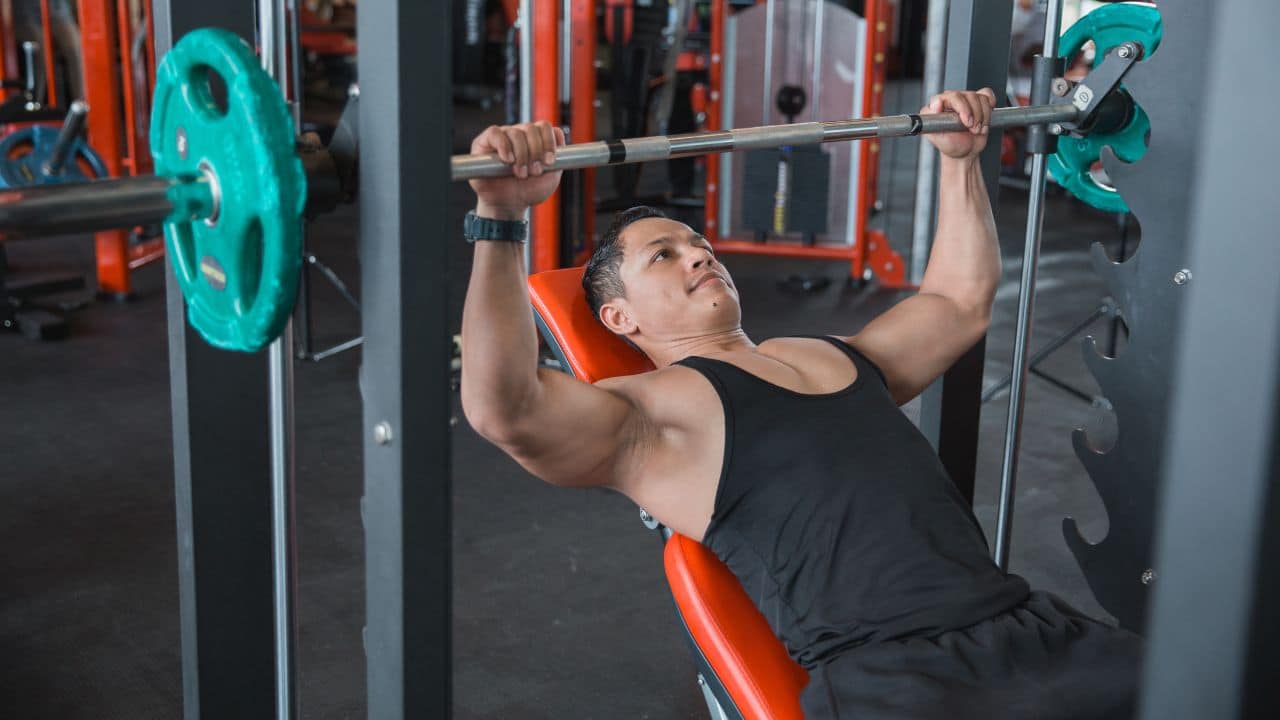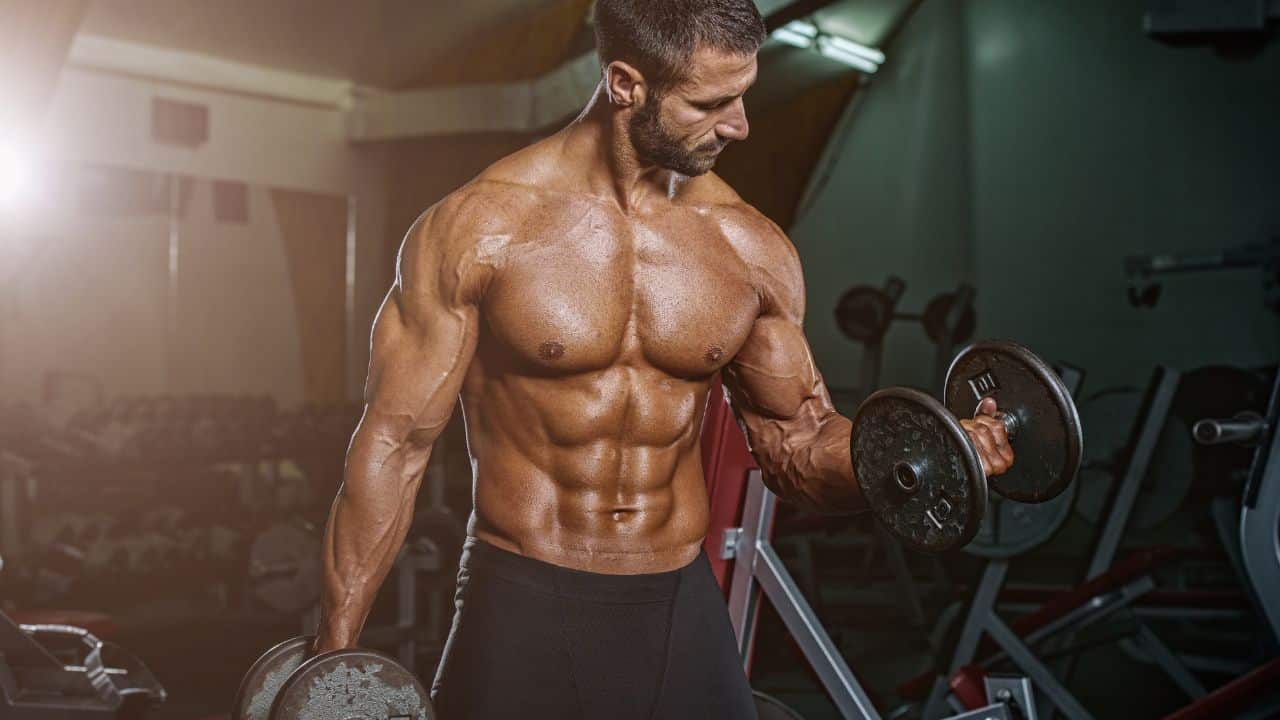I’m about to show you a PHAT workout (Power Hypertrophy Adaptive Training), a powerful blend of strength training and hypertrophy that delivers serious gains.
Back in the day, I was that skinny dude struggling to put on muscle. I tried everything – bro splits, German volume training, even that weird program where you only train on full moons (okay, I made that last one up).
But then I cracked the code. Through countless hours of research, trial and error, and enough protein shakes, I found the PHAT (Power Hypertrophy Adaptive Training) system.
This isn’t for the faint of heart. If you’re looking for some 10-minute ab workout you can do while watching Netflix, click away now.
READY?
Let Know. What the PHAT workout is, how it works, and why it could be the game-changer your routine needs.
What is PHAT Workout and Its Benefits
PHAT isn’t just another workout split – it’s a complete training evolution. The PHAT workout plan, designed by fitness expert Layne Norton, combines powerlifting and bodybuilding techniques. It’s structured to help you build strength and muscle mass by focusing on two key components: power (strength) and hypertrophy (muscle growth).
Think about it: Powerlifters often hit a wall because they’re too focused on pure strength. They need that extra mass to push through plateaus. Meanwhile, bodybuilders sometimes plateau because they lack the raw strength required foundation for serious muscle gains.
That’s where PHAT comes in. Combining heavy, low-rep power days with high-volume hypertrophy sessions will speak your muscles in two languages. The power days make your nervous system work harder, while the hypertrophy days make your muscles grow bigger.
But here’s the genius part: After 12 weeks of PHAT, your body adapts. That’s when you throw in the PPL split. It’s like changing the radio station – same muscle, different frequency.
Push Pull Legs (PPL) allows you to run 5 or 6 days and keep the intensity while changing the stimulus.
The beauty of this system is its adaptability. Powerlifters can focus more on the power days during meet prep, while bodybuilders can lean harder into the hypertrophy work pre-contest. It’s completely customizable while maintaining the core principle: progressive overload through varied stimulus.
The typical weekly schedule for PHAT
The PHAT routine is typically spread across five days, combining heavy, low-rep strength training with higher-rep hypertrophy work
- 2 Power Days: Pure strength, low reps, heavyweight
- 3 Hypertrophy Days: Volume training for that size gains
- Total 5 training days per week
- Strategic rest between power and volume
- Monday: Upper Power
- Tuesday: Lower Power
- Wednesday: Rest
- Thursday: Back & Shoulders Hypertrophy
- Friday: Lower Body Hypertrophy
- Saturday: Chest & Arms Hypertrophy
- Sunday: Rest
Classic PHAT Workout Routine
Day 1: Upper Body Power Day
| Exercise | Sets | Reps |
|---|---|---|
| Bent Over Rows or Pendlay Rows | 3 | 3-5 |
| Weighted Pull-Ups | 2 | 6-10 |
| Rack Chins | 2 | 6-10 |
| Flat Dumbbell Presses | 3 | 3-5 |
| Weighted Dips | 2 | 6-10 |
| Seated Dumbbell Shoulder Presses | 3 | 6-10 |
| Cambered Bar Curls | 3 | 6-10 |
| Skull Crushers | 3 | 6-10 |
Day 2: Lower Body Power Day
| Exercise | Sets | Reps |
|---|---|---|
| Squats | 3 | 3-5 |
| Hack Squats | 2 | 6-10 |
| Leg Extensions | 2 | 6-10 |
| Stiff Legged Deadlifts | 3 | 5-8 |
| Glute-Ham Raises or Lying Leg Curls | 2 | 6-10 |
| Standing Calf Raise | 3 | 6-10 |
| Seated Calf Raise | 2 | 6-10 |
Day 3: Rest
Day 4: Back and Shoulders Hypertrophy Day
| Exercise | Sets | Reps |
|---|---|---|
| Bent Over Rows or Pendlay Rows | 6 | 3 (65-70% of 3-5 rep max) |
| Rack Chins | 3 | 8-12 |
| Seated Cable Row | 3 | 8-12 |
| Dumbbell Rows or Shrugs | 2 | 12-15 |
| Close Grip Pulldowns | 2 | 15-20 |
| Seated Dumbbell Presses | 3 | 8-12 |
| Upright Rows | 2 | 12-15 |
| Side Lateral Raises (Dumbbells or Cables) | 3 | 12-20 |
Day 5: Lower Body Hypertrophy Day
| Exercise | Sets | Reps |
|---|---|---|
| Squats | 6 | 3 (65-70% of 3-5 rep max) |
| Hack Squats | 3 | 8-12 |
| Leg Presses | 2 | 12-15 |
| Leg Extensions | 3 | 15-20 |
| Romanian Deadlifts | 3 | 8-12 |
| Lying Leg Curls | 2 | 12-15 |
| Seated Leg Curls | 2 | 15-20 |
| Donkey Calf Raises | 4 | 10-15 |
| Seated Calf Raises | 3 | 15-20 |
Day 6: Chest and Arms Hypertrophy Day
| Exercise | Sets | Reps |
|---|---|---|
| Flat Dumbbell Presses | 6 | 3 (65-70% of 3-5 rep max) |
| Incline Dumbbell Presses | 3 | 8-12 |
| Hammer Strength Chest Press | 3 | 12-15 |
| Incline Cable Flyes | 2 | 15-20 |
| Cambered Bar Preacher Curls | 3 | 8-12 |
| Dumbbell Concentration Curls | 2 | 12-15 |
| Spider Curls (Bracing Upper Body Against Incline Bench) | 2 | 15-20 |
| Seated Tricep Extension with Cambered Bar | 3 | 8-12 |
| Cable Pressdowns with Rope Attachment | 2 | 12-15 |
| Cable Kickbacks | 2 | 15-20 |
Day 7: Rest
Drawbacks & Considerations of PHAT Training
Time Commitment
- 5 days/week, 60-90 mins per session
- Requires dedicated recovery time
- Need proper pre/post workout nutrition timing
Not For Beginners Because
- Complex exercise combinations
- High volume can overwhelm new lifters
- Need solid form before heavy loads
- CNS demands are intense
- Risk of overtraining without proper base
Intermediate/Advanced Lifters Should
- Have 1+ years lifting experience
- Know their 1RM for major lifts
- Understand proper form
- Have recovery methods dialed in
- Monitor fatigue levels
References
- Schoenfeld, B.J. (2016). A Systematic Review of the Effects of Resistance Training on Muscle Hypertrophy in Trained Individuals. Journal of Strength and Conditioning Research, 30(10), 2866-2874.
- Peterson, M.D., Rhea, M.R., & Alvar, B.A. (2005). Effects of Different Resistance Training Intensities on Muscle Strength and Hypertrophy in Trained Men. Journal of Strength and Conditioning Research, 19(4), 710-714.
- Bompa, T.O., & Haff, G.G. (2009). Periodization: Theory and Methodology of Training. Human Kinetics.
- Bächtold, M., et al. (2016). Differences in the Acute Responses to Heavy vs. Light Load Resistance Training in Healthy Young Adults. Journal of Sports Sciences, 34(2), 123-132.
- Schoenfeld, B.J. (2016). Training Frequency and Muscle Hypertrophy: A Review. Strength and Conditioning Journal, 38(4), 66-71.
- O’Sullivan, K., et al. (2015). Resistance Training Exercises for Improving Functional Mobility. Physical Therapy Reviews, 20(4), 237-248.
- Kearns, A., et al. (2016). Effects of Resistance Training on Recovery: A Review of the Literature. Sports Medicine, 46(4), 549-565.


